Just how wealthy were bankers in the 19th century?
Judge for yourself as we look at the waterfront mansion of Baron von Stieglitz—governor of the State Bank of the Russian Empire under Emperor Alexander II.
The English Embankment—named after the British Embassy and English church located there—was one of the most fashionable streets in all of Saint Petersburg, Russia.
It was here in 1859 that Baron von Stieglitz commissioned prominent architect Alexander Krakau to design a magnificent mansion in the Renaissance Revival style.
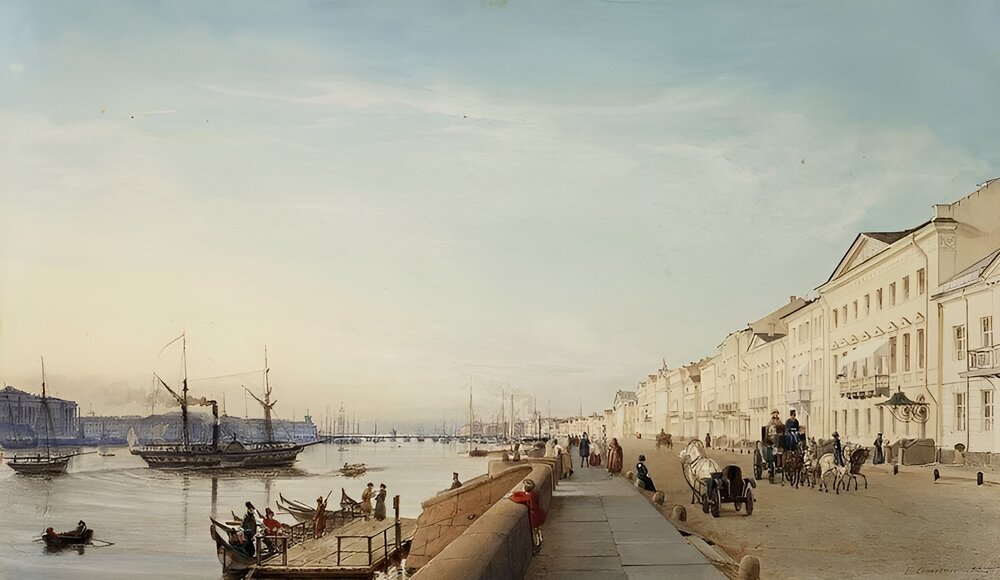
Besides owning several manufacturing enterprises, von Stieglitz financed a railroad from St Petersburg to Moscow and secured loans to help fund the Russian Crimean War effort.
In the 1870’s, von Stieglitz started to give back to the society that had led to his good fortune. He donated funds to a museum and established a school for Technical Drawing.
After his death in 1884, the mansion went to his adopted daughter, Nadezhda Polovtsova. She was the illegitimate daughter of Grand Duke Mikhail Pavlovich—a cousin of Emperor Alexander II’s youngest son, Grand Duke Pavel Alexandrovich (1860-1919).
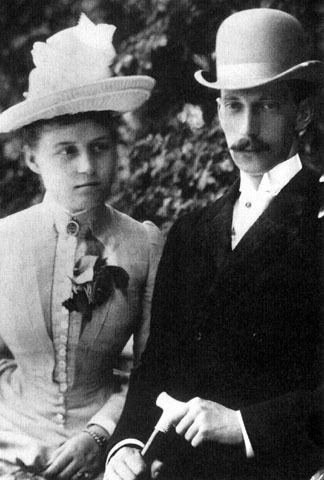
Nadezhda sold the property to the Treasury, but it was soon back in the hands of royal acquaintances when it was purchased for Grand Duke Pavel Alexandrovich on his marriage to Princess Alexandra of Greece.
The mansion may have held happy memories for von Stieglitz, but for Pavel Alexandrovich, it was the beginning of a series of tragedies.
Princess Alexandra died during the birth of their second child. And when the Bolsheviks came to power, Pavel was arrested, had all property confiscated, and was summarily shot.
A tragic ending in the story of a grand building.
Italian painter Luigi Premazzi (1814 – 1891) captured the lavishly decorated interiors in a series of stunning watercolor paintings.
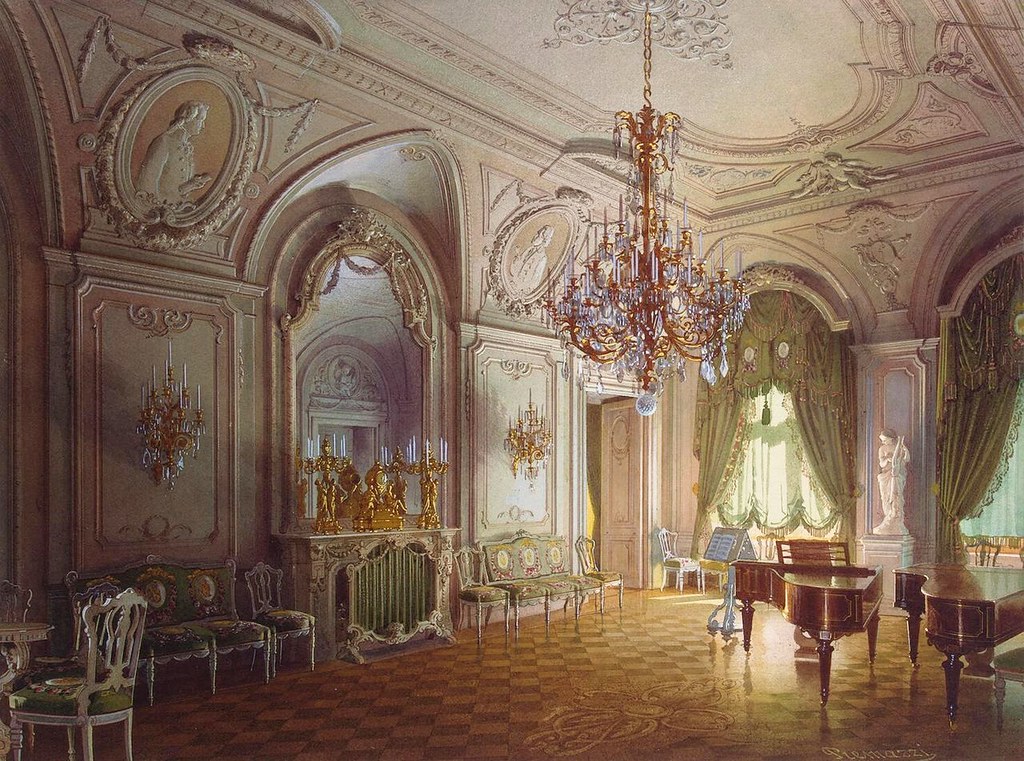

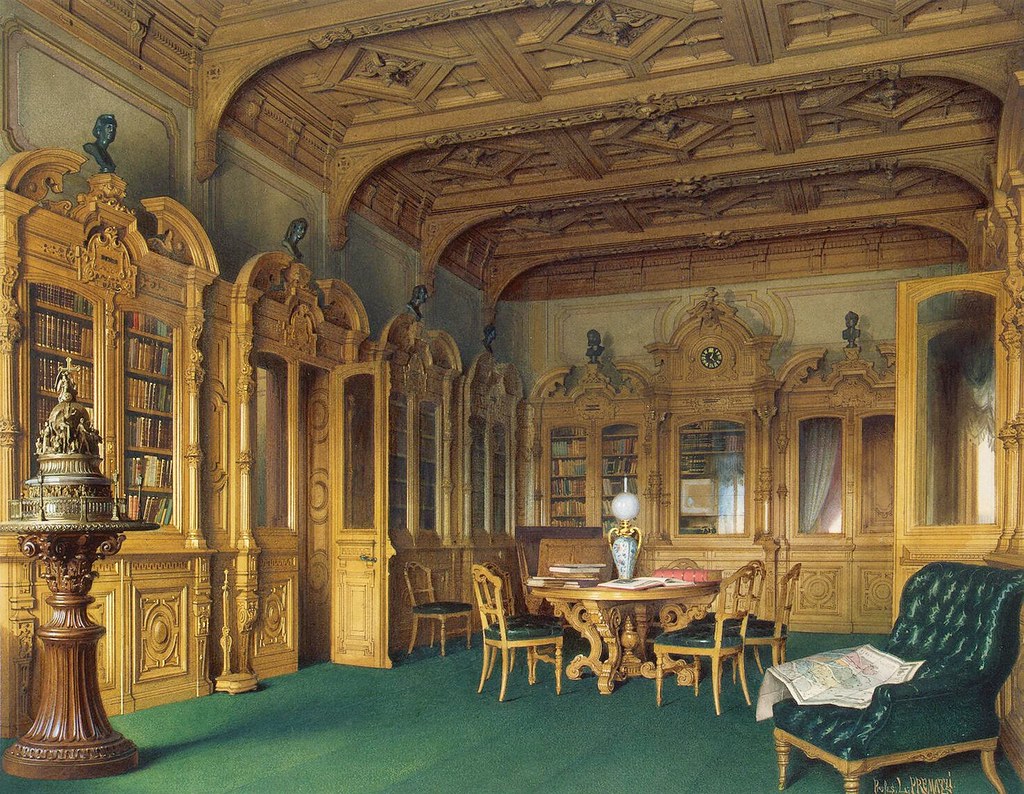
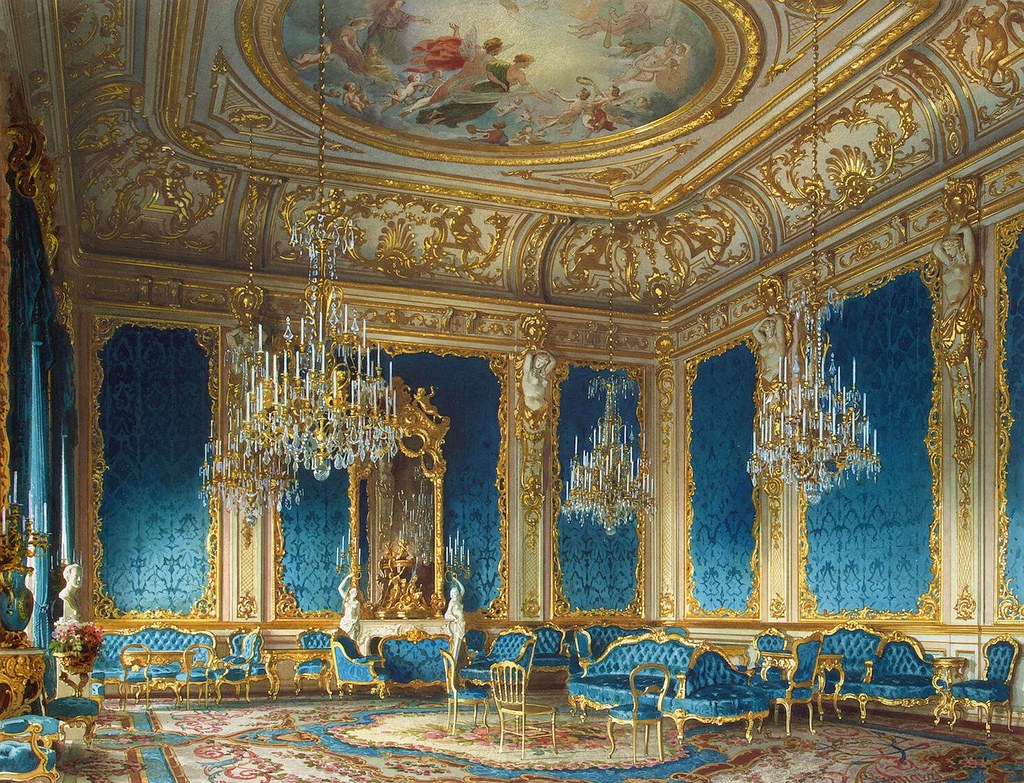
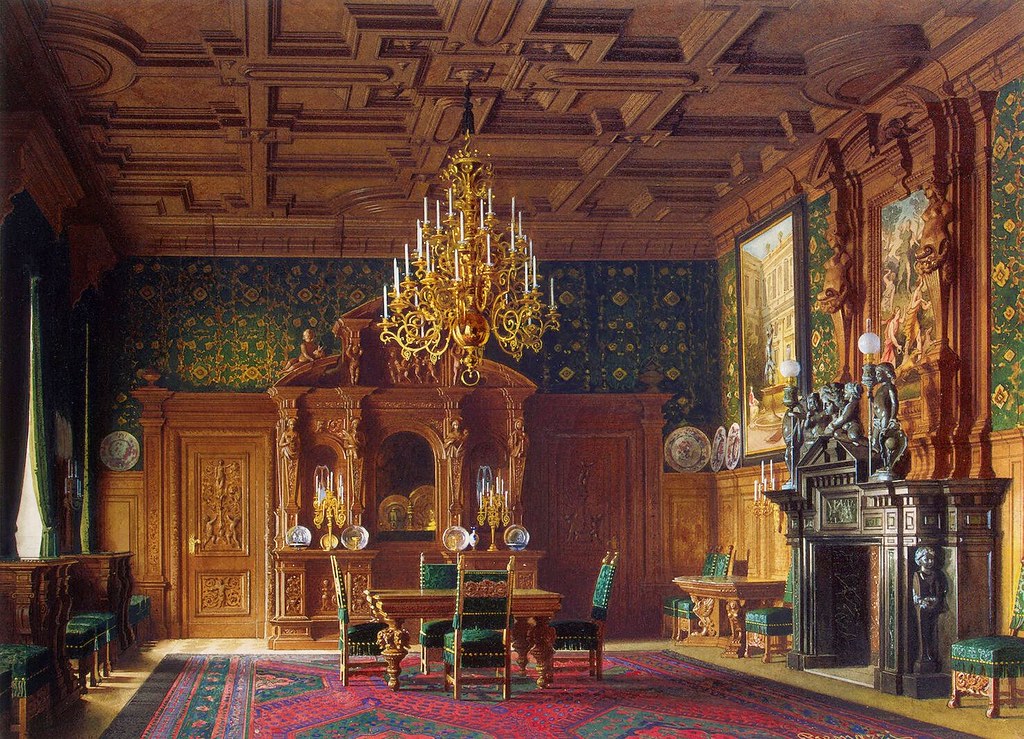
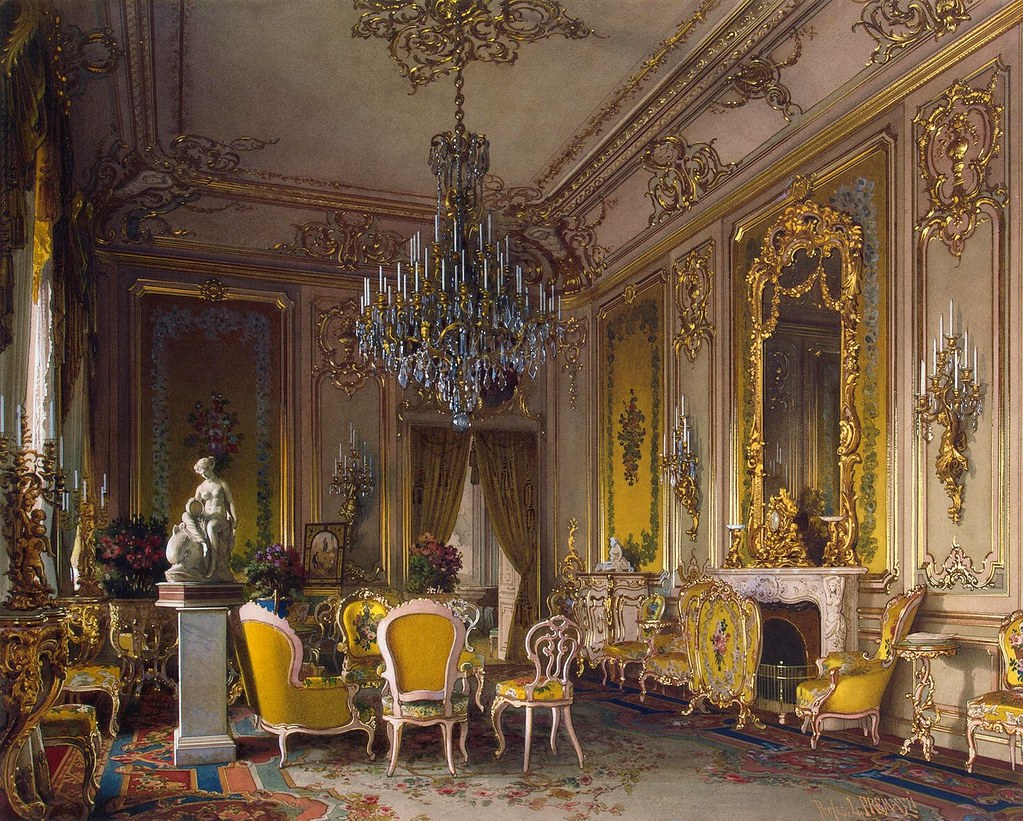
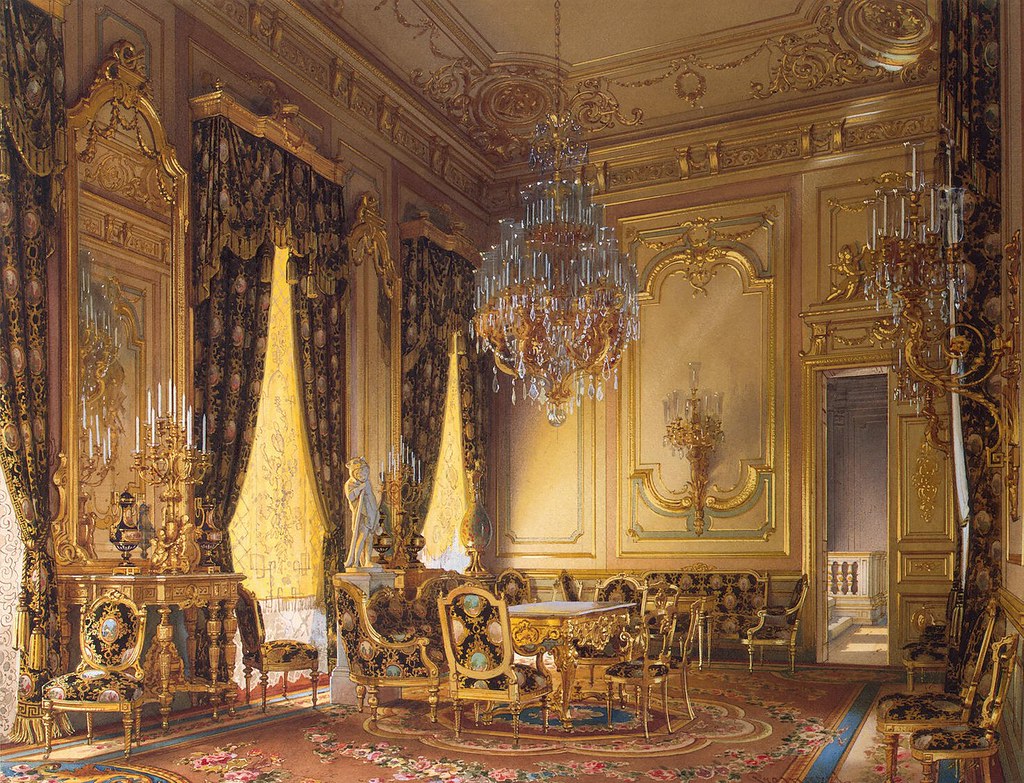
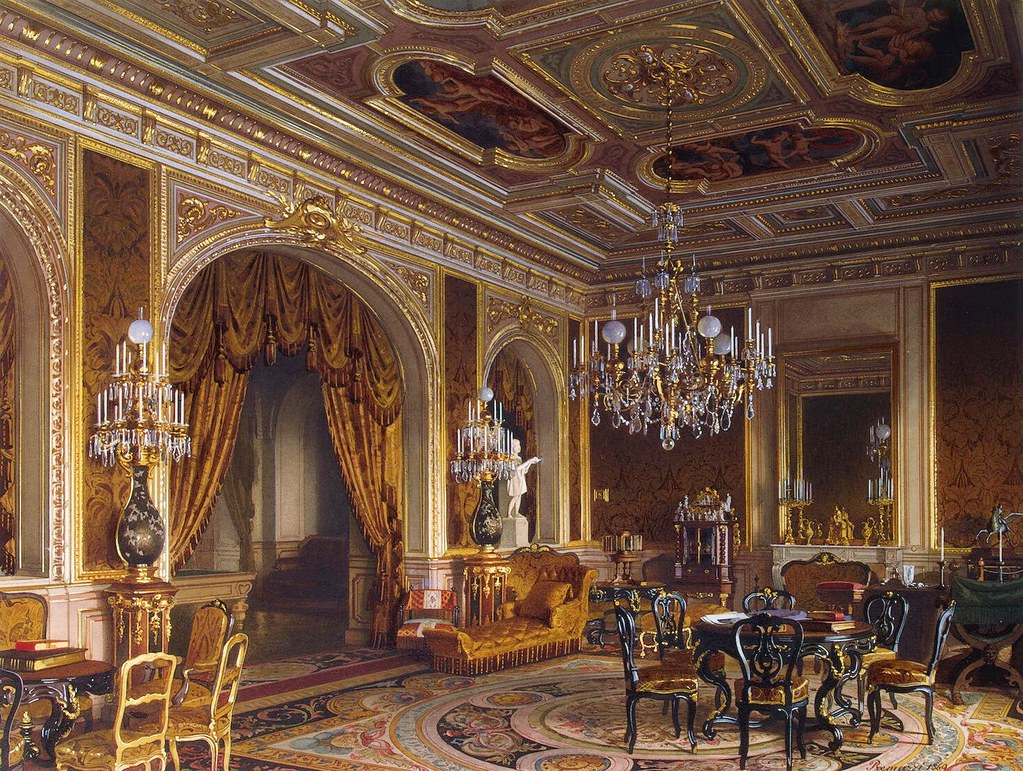
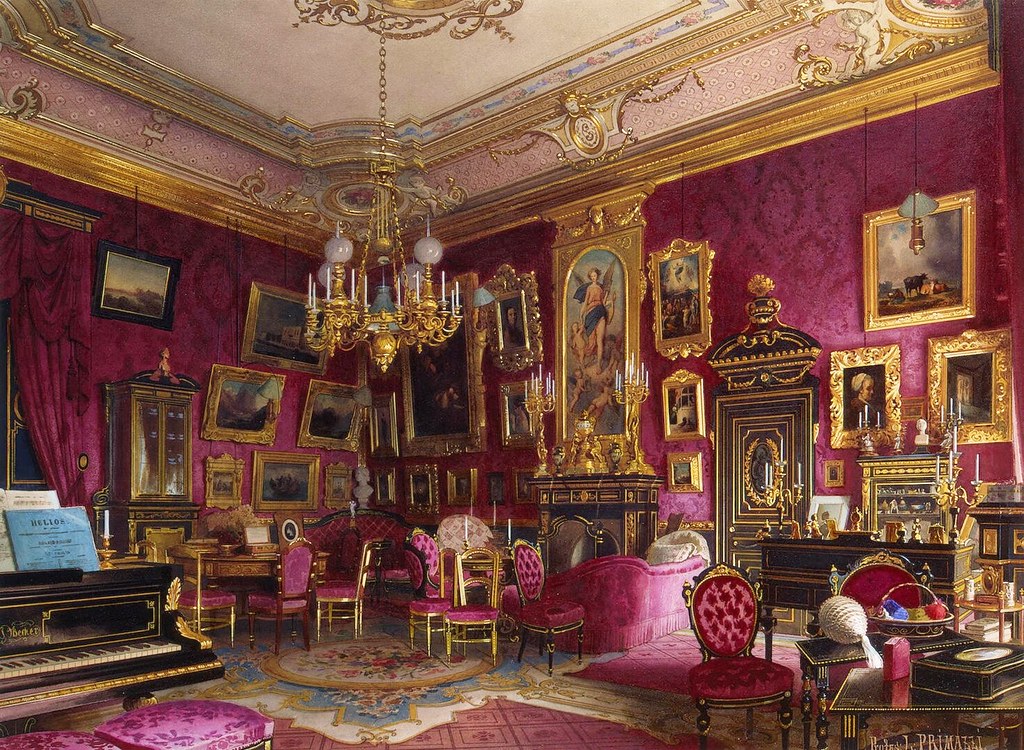
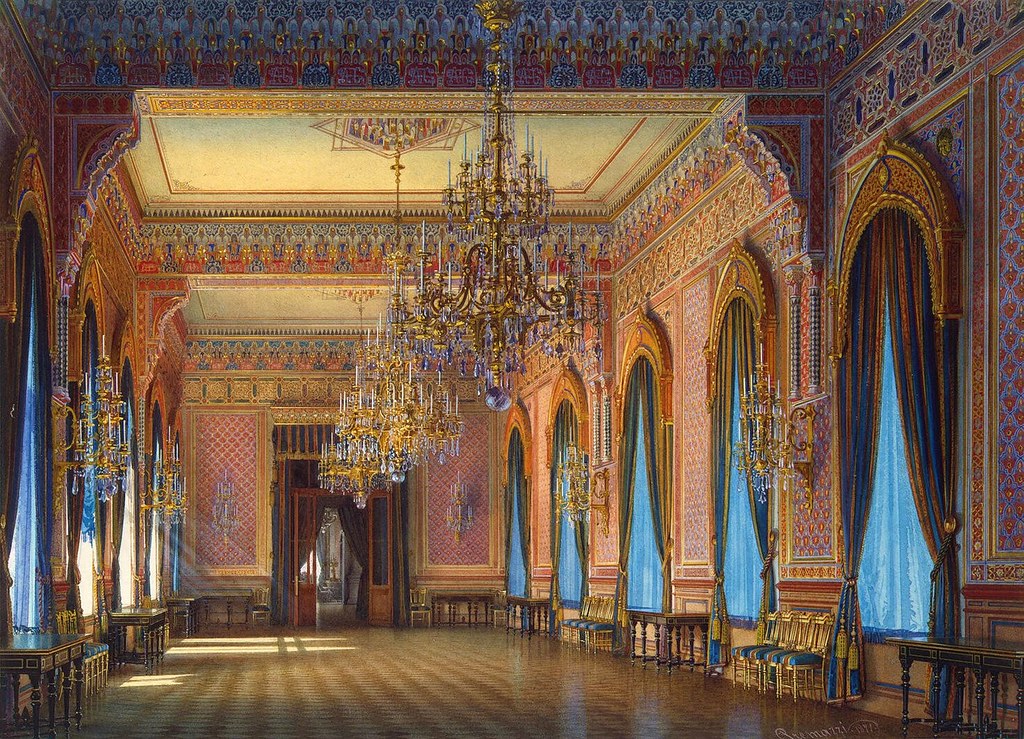
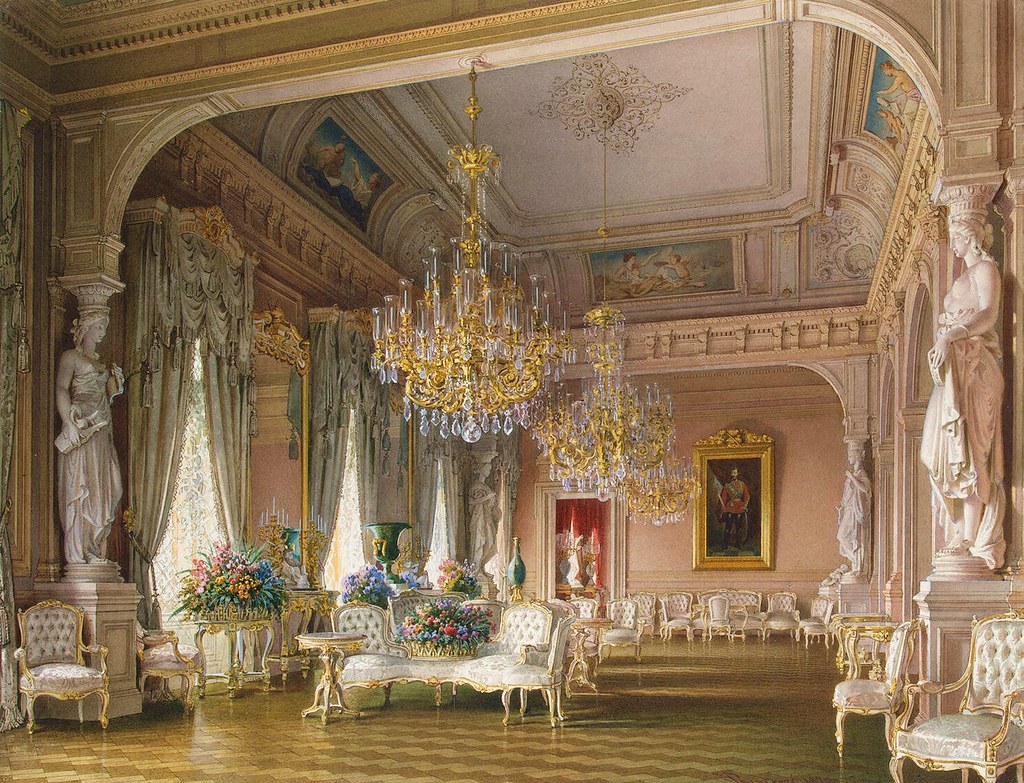
Today the mansion sits abandoned and decaying, waiting for an investor to restore it back to its former glory.


